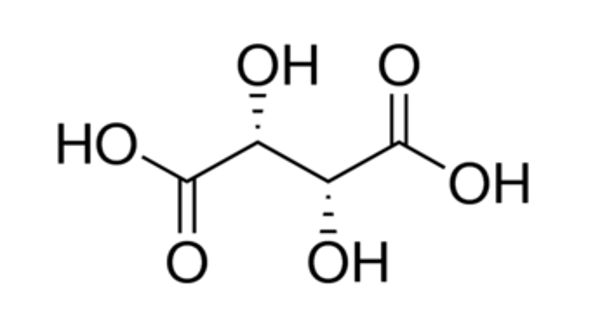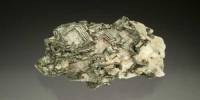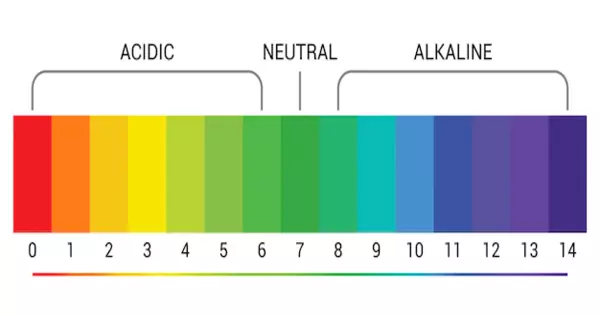Tartaric acid is a naturally occurring dicarboxylic acid containing two stereocenters. It is a white, crystalline organic acid that occurs naturally in many fruits, most notably in grapes, but also in bananas, tamarinds, and citrus. It has a stronger, sharper taste than citric acid. It is the most water-soluble of the solid acidulants. It is one of the most widely distributed plant acids, with a number of food and industrial uses.
Tartaric acid is a crystalline organic acid which is present especially in unripe grapes and is used in baking powders and as a food additive. a strong dicarboxylic acid of plant origin that occurs in various isomeric forms, is usually obtained from tartar, and is used especially in food and medicines.
Tartaric Acid is a white crystalline dicarboxylic acid found in many plants, particularly tamarinds and grapes. Its salt, potassium bitartrate, commonly known as cream of tartar, develops naturally in the process of fermentation. Although it is renowned for its natural occurrence in grapes, it also occurs in apples, cherries, papaya, peach, pear, pineapple, strawberries, mangos, and citrus fruits. It is commonly mixed with sodium bicarbonate and is sold as baking powder used as a leavening agent in food preparation. It is used preferentially in foods containing cranberries or grapes, notably wines, jellies, and confectioneries. The acid itself is added to foods as an antioxidant E334 and to impart its distinctive sour taste.

Tartaric acid is an alpha-hydroxy-carboxylic acid, is diprotic and aldaric in acid characteristics, and is a dihydroxyl derivative of succinic acid. Commercially, tartaric acid is prepared from the waste products of the wine industry and is more expensive than most acidulants, including citric and malic acids.
Applications
- Tartaric acid and its derivatives have a plethora of uses in the field of pharmaceuticals. For example, it has been used in the production of effervescent salts, in combination with citric acid, to improve the taste of oral medications.
- Tartaric acid is used preferentially in foods containing cranberries or grapes, notably wines, jellies, and confectioneries.
- Tartaric acid also has several applications for industrial use. The acid has been observed to chelate metal ions such as calcium and magnesium.
- Tartaric acid is often used as an acidulant in grape- and lime-flavored beverages, gelatin desserts, jams, jellies, and hard sour confectionery.
Information Source:
















